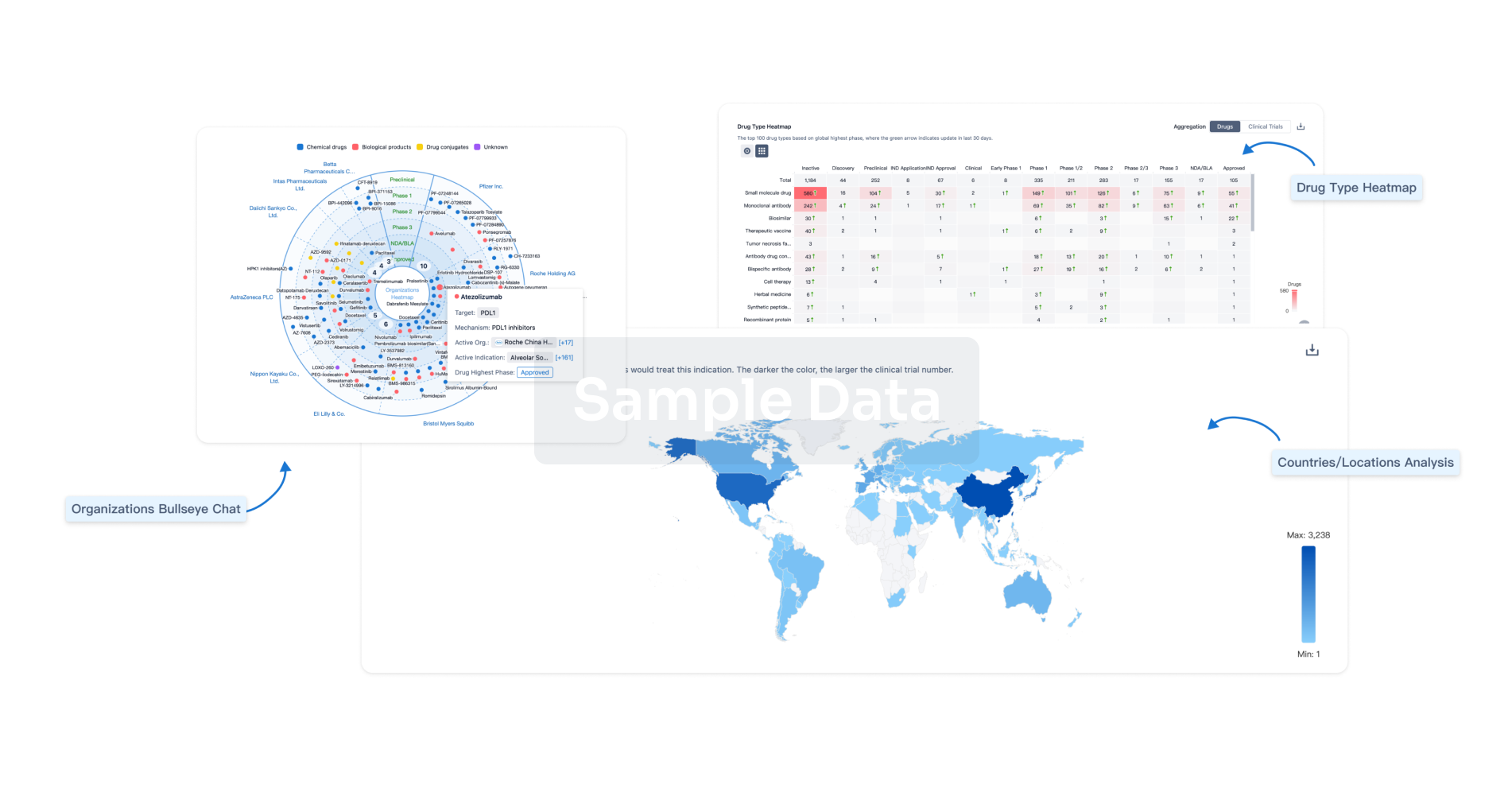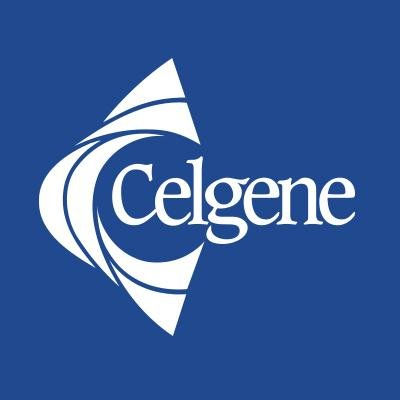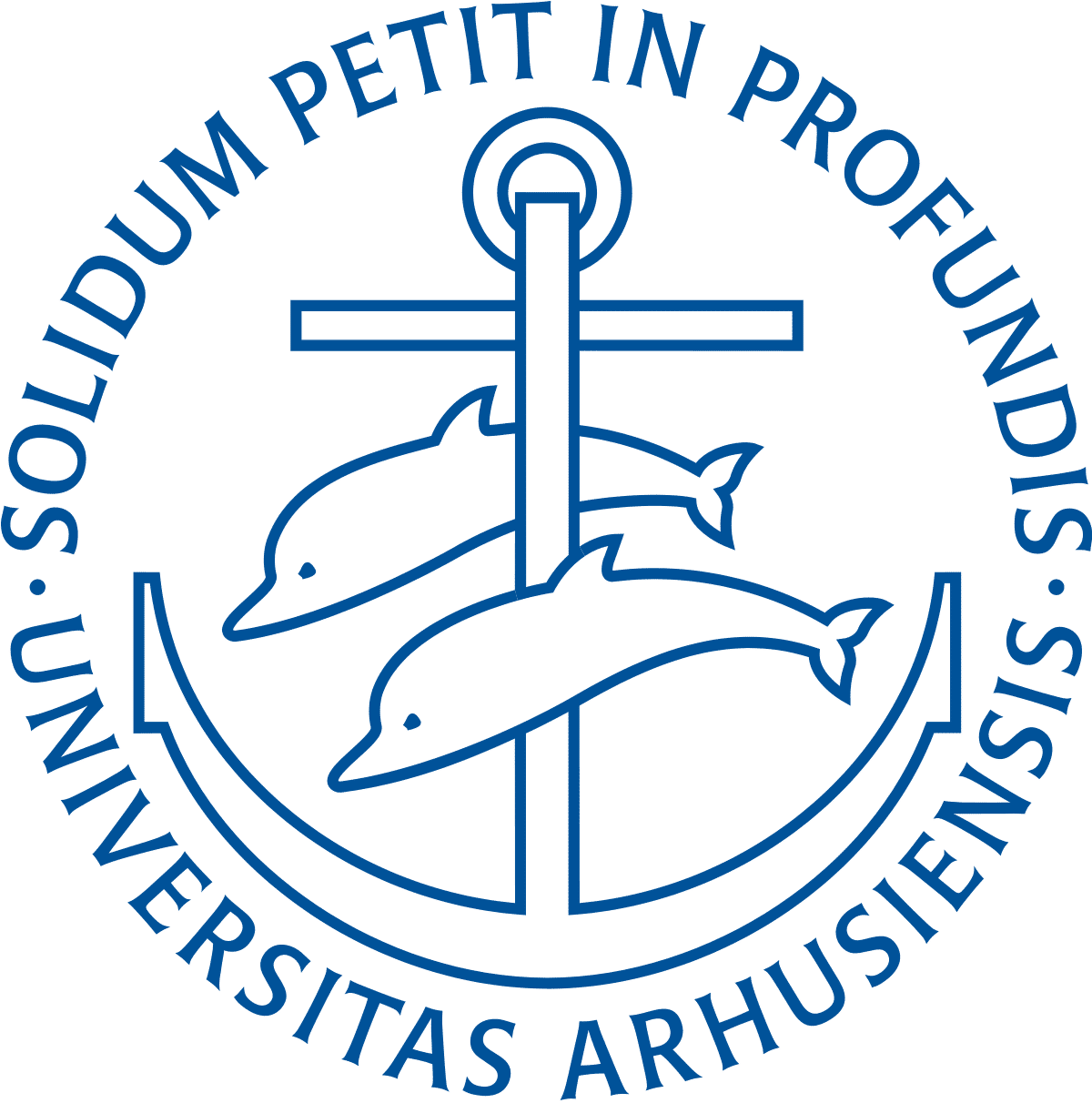Request Demo
Last update 08 May 2025
IDH-mutant oligodendroglioma
Last update 08 May 2025
Basic Info
Synonyms- |
Introduction- |
Related
1
Drugs associated with IDH-mutant oligodendrogliomaTarget |
Mechanism IDH1 inhibitors [+1] |
Active Org. |
Originator Org. |
Active Indication |
Inactive Indication |
Drug Highest PhaseApproved |
First Approval Ctry. / Loc. Canada |
First Approval Date01 Aug 2024 |
1
Clinical Trials associated with IDH-mutant oligodendrogliomaNCT04118426
Cognitive Function After Radiation Therapy for Brain Tumours
This study will assess cognitive function in adult patients with a primary brain tumour treated with surgical resection with or without radiation therapy (RT). All types of brain tumours apart from glioblastoma will be included
Start Date07 Feb 2017 |
Sponsor / Collaborator |
100 Clinical Results associated with IDH-mutant oligodendroglioma
Login to view more data
100 Translational Medicine associated with IDH-mutant oligodendroglioma
Login to view more data
0 Patents (Medical) associated with IDH-mutant oligodendroglioma
Login to view more data
110
Literatures (Medical) associated with IDH-mutant oligodendroglioma01 Mar 2025·Computers in Biology and Medicine
MUC1 and MUC4 expression are inversely correlated and trigger immunological response and transport pathways in adult-type diffuse gliomas
Article
Author: Machado, Gabriel Cardoso ; Ferrer, Valéria Pereira
01 Feb 2025·Neurosurgery
Genomic Alterations in Molecularly Defined Oligodendrogliomas
Article
Author: Sepehri, Sadra ; Weingart, Jon D. ; Weber-Levine, Carly ; Brem, Henry ; González Sánchez, Josep ; Materi, Joshua ; Rincon-Torroella, Jordina ; Schreck, Karisa C. ; Rakovec, Maureen ; Ye, Xiaobu ; Holdhoff, Matthias ; Sair, Haris I. ; Redmond, Kristin J. ; Aldecoa, Iban ; Ferrés, Abel ; Bettegowda, Chetan ; Kalluri, Anita ; Raj, Divyaansh ; Lucas, Calixto-Hope G. ; Parker, Megan ; Jiang, Kelly
01 Feb 2025·Annals of Oncology
ctDNA detection in cerebrospinal fluid and plasma and mutational concordance with the primary tumor in a multicenter prospective study of patients with glioma
Article
Author: Casado-Fariñas, I ; Cerón, M A ; García-Barberán, V ; Lorca, V ; García Conde, M ; Gandía-González, M L ; Paz-Cabezas, M ; Díaz-Millán, I ; López-Cade, I ; García-Feijóo, P ; Sánchez Medina, Y ; Pérez-Alfayate, R ; Sotelo, M J ; Cabezas-Camarero, S ; Pérez-Segura, P ; Roldán Delgado, H
Analysis
Perform a panoramic analysis of this field.
login
or

AI Agents Built for Biopharma Breakthroughs
Accelerate discovery. Empower decisions. Transform outcomes.
Get started for free today!
Accelerate Strategic R&D decision making with Synapse, PatSnap’s AI-powered Connected Innovation Intelligence Platform Built for Life Sciences Professionals.
Start your data trial now!
Synapse data is also accessible to external entities via APIs or data packages. Empower better decisions with the latest in pharmaceutical intelligence.
Bio
Bio Sequences Search & Analysis
Sign up for free
Chemical
Chemical Structures Search & Analysis
Sign up for free

